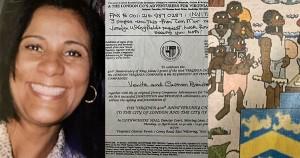
Nationwide — A Royal Decree. It all started with a bold move by King James I on April 10, 1606. He gave a group of ambitious investors — known as the Virginia Company of London — a special charter, the First Virginia Charter, granting them the right to establish settlements in North America.
On December 20, 1606, three ships — the Susan Constant, Godspeed, and Discovery—embarked on a journey that would change history. The men aboard weren’t just travelers; they were adventurers, chasing the promise of a new world. The weight of the mission was recorded in key historical accounts of the Jamestown expedition. Their mission?! To explore, colonize, and hopefully strike gold in the process. But let’s be real, it was anything but smooth sailing.
Fast-forward a little, and their dream became reality. Imagine stepping onto the shores of a totally new world after weeks of uncertainty at sea. That’s exactly what happened on April 26, 1607, when a group of English settlers finally touched land in Virginia. They spent some time scoping out the area, searching for the perfect spot to call home. Then, on May 13, 1607, they settled on a site along the James River — what is now present-day Virginia. The next day, they officially founded and established Jamestown, the first permanent English settlement in North America on May 14, 1607.
Harsh conditions, and a whole lot of trial-and-error shaped Jamestown’s survival. Yet, beyond what’s written in textbooks and in documentaries, there’s a deeper truth — one that deserves to be remembered, spoken, and understood. History isn’t just about what happened, it’s about who was impacted and whose stories still need to be told. The struggles, the sacrifices, the voices often left out—make it harder to truly connect with our American roots.
Source: Black Puerto Rican Tells There’s a Deeper Truth to America’s Storytelling “A Royal Decree”
Recent Comments